Home>Gardening & Outdoor>Landscaping Ideas>Why Does Sand Help Grass Grow
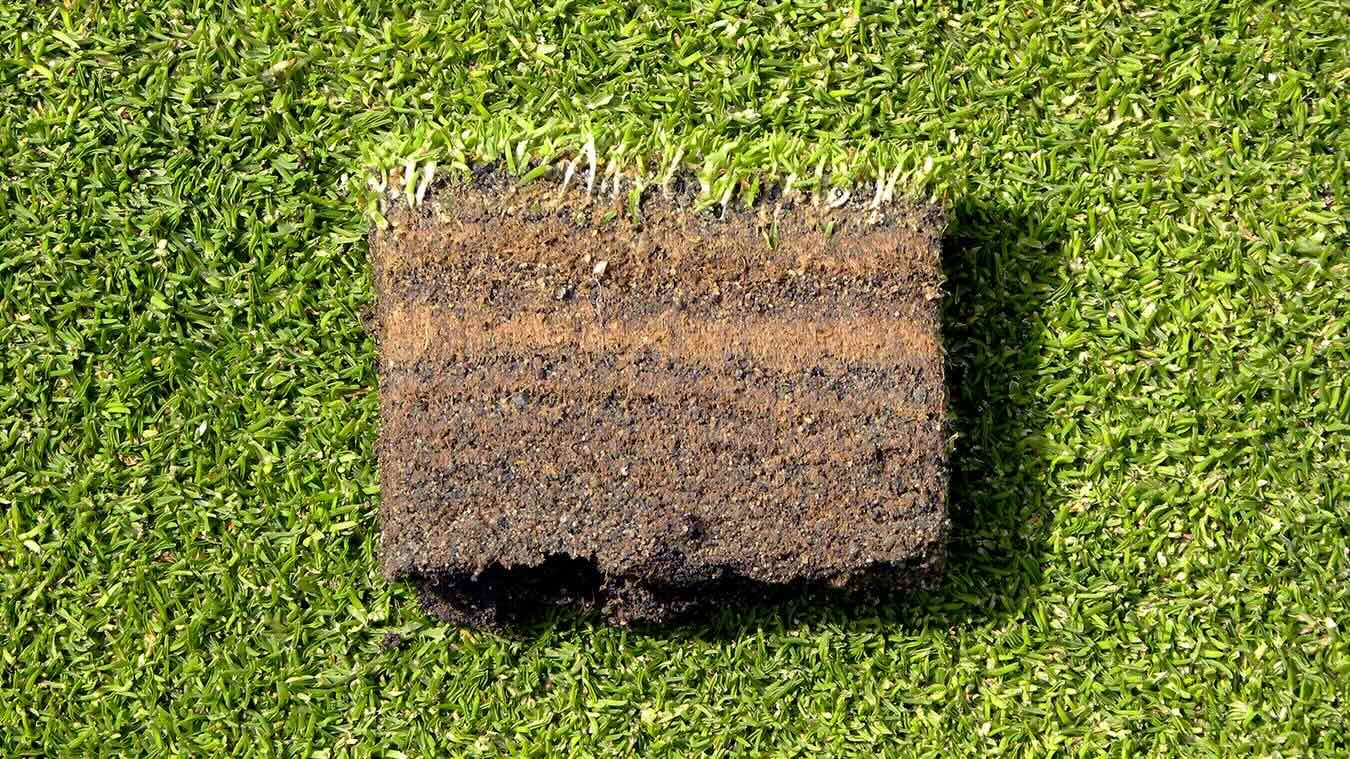

Landscaping Ideas
Why Does Sand Help Grass Grow
Modified: May 6, 2024
Discover how incorporating sand into your landscaping ideas can promote healthy grass growth. Learn the benefits of using sand for your lawn and garden.
(Many of the links in this article redirect to a specific reviewed product. Your purchase of these products through affiliate links helps to generate commission for Storables.com, at no extra cost. Learn more)
Introduction
When it comes to nurturing a lush and vibrant lawn, the role of sand in promoting grass growth is often overlooked. Many homeowners diligently water, fertilize, and mow their lawns, yet they may not realize the potential benefits that sand can offer in supporting healthy grass growth. Understanding the impact of sand on grass can provide valuable insights into optimizing lawn care practices and achieving a verdant, resilient turf.
Sand, a seemingly humble and unassuming material, possesses remarkable properties that can significantly contribute to the health and vitality of grass. Its unique characteristics make it a valuable ally in the quest for a thriving lawn. By delving into the composition of sand and exploring its benefits for grass growth, we can uncover the secrets behind its role as a natural enhancer for lawns. Furthermore, learning how to effectively incorporate sand into lawn care routines can empower homeowners to elevate the health and beauty of their grassy landscapes.
In the following sections, we will delve into the composition of sand, uncover the benefits it offers for grass growth, and explore practical methods for leveraging its potential to nurture a resilient and verdant lawn. By gaining a deeper understanding of the role of sand in promoting grass growth, homeowners can unlock the secrets to cultivating a thriving and visually stunning lawn that serves as a source of pride and enjoyment.
Key Takeaways:
- Sand is like a superhero for grass! It helps grass grow by improving soil drainage, reducing compaction, retaining heat, and promoting nutrient uptake. It’s like a secret weapon for a lush lawn!
- You can use sand to make your lawn super healthy! By topdressing, mixing it with soil, helping seeds grow, and fixing low-lying areas, you can create a beautiful and thriving grassy paradise!
Read more: Why Does Crab Grass Grow
The Composition of Sand
Sand, a fundamental component of many natural landscapes, is composed of finely granulated particles primarily derived from the breakdown of rocks, shells, and coral. These particles, which range in size from 0.0625 mm to 2 mm, are classified based on their granular dimensions, with categories such as fine sand, medium sand, and coarse sand. The composition of sand varies depending on its geological origin, with common sources including quartz, feldspar, and limestone.
Quartz, a prevalent mineral in the Earth's crust, is a primary constituent of many types of sand. Its durable and inert nature makes it a resilient component, contributing to the stability and longevity of sand. Feldspar, another significant mineral found in sand, adds diversity to its composition, often imparting a range of colors, including shades of pink, white, and gray. Limestone-derived sand, characterized by its calcium carbonate content, can exhibit distinct textures and hues, reflecting the geological processes that shaped it.
The mineral composition of sand influences its physical properties, such as porosity, permeability, and drainage capacity. These properties play a crucial role in determining the suitability of sand for supporting grass growth. Sand's granular structure allows for adequate aeration and water infiltration, fostering an environment conducive to healthy root development and nutrient uptake for grass.
Furthermore, the mineral composition of sand contributes to its ability to retain warmth, which can be advantageous for promoting optimal soil temperatures that support grass growth. Additionally, the granular nature of sand facilitates the mitigation of compaction in the soil, promoting improved soil structure and reducing the risk of waterlogging, which can be detrimental to grass health.
Understanding the diverse composition of sand underscores its potential as a valuable resource for nurturing healthy grass growth. By recognizing the unique properties and characteristics of sand, homeowners can harness its inherent benefits to create an environment that fosters robust and resilient grass, ultimately leading to the cultivation of a thriving and visually captivating lawn.
Benefits of Sand for Grass Growth
Sand offers a myriad of benefits that can profoundly impact the growth and vitality of grass, making it a valuable asset in lawn care. Understanding these advantages can provide homeowners with valuable insights into the pivotal role that sand plays in nurturing a resilient and visually stunning lawn.
1. Enhanced Drainage and Aeration
One of the primary benefits of sand for grass growth lies in its ability to improve soil drainage and aeration. The granular structure of sand facilitates the creation of air pockets within the soil, promoting enhanced oxygen circulation to the grassroots. This aeration is crucial for the development of a healthy root system, as it enables roots to access essential nutrients and water while mitigating the risk of waterlogging, which can impede grass growth.
2. Reduced Soil Compaction
Compacted soil can hinder the growth of grass by restricting root expansion and impeding the penetration of water and nutrients. Sand, with its granular composition, helps alleviate soil compaction by enhancing soil structure and promoting better water infiltration. By integrating sand into the soil, homeowners can create an environment that is conducive to robust root development, enabling grass to thrive and flourish.
Read more: Why Does Grass Grow Mushrooms
3. Improved Heat Retention
Sand possesses the ability to retain heat, which can be advantageous for promoting optimal soil temperatures that support grass growth. In cooler climates, the presence of sand in the soil can help maintain warmer conditions, fostering an environment that is conducive to healthy grass development. This feature is particularly beneficial for promoting early-season growth and supporting the resilience of grass during periods of temperature fluctuations.
4. Nutrient Retention and Uptake
The porous nature of sand enables it to retain essential nutrients within the soil, preventing leaching and ensuring that these nutrients remain accessible to the grassroots. This characteristic is instrumental in supporting the uptake of vital nutrients by grass, contributing to its overall health and vigor. By incorporating sand into the soil, homeowners can create an environment that optimizes the availability of nutrients, fostering robust and resilient grass growth.
5. Resistance to Thatch Buildup
Thatch, a layer of organic matter that accumulates on the soil surface, can impede the growth of grass by restricting the penetration of water, air, and nutrients. Sand can help mitigate thatch buildup by promoting a healthier soil environment, reducing the likelihood of excessive thatch accumulation. This, in turn, supports the unhindered growth of grass, contributing to the overall health and lushness of the lawn.
By harnessing the benefits of sand for grass growth, homeowners can cultivate a resilient and visually captivating lawn that serves as a testament to the transformative power of this seemingly humble yet invaluable natural resource.
How to Use Sand to Help Grass Grow
Incorporating sand into lawn care practices can significantly contribute to the health and vitality of grass, fostering an environment that promotes robust growth and resilience. By leveraging the unique properties of sand and implementing strategic techniques, homeowners can harness its potential to create a thriving and visually stunning lawn. Here are practical methods for using sand to support grass growth:
Read more: How To Help My Grass Grow
1. Topdressing with Sand
Topdressing, the process of applying a thin layer of sand over the grass, offers numerous benefits for promoting healthy turf. This technique helps improve soil structure, alleviate thatch buildup, and enhance drainage and aeration. To topdress with sand, homeowners can utilize a spreader to evenly distribute a thin layer of sand across the lawn, ensuring that the grass blades remain visible. This method facilitates the incorporation of sand into the soil, fostering an environment that is conducive to robust root development and nutrient uptake.
2. Amending Soil with Sand
Amending the soil with sand can enhance its texture and drainage capacity, creating an environment that is conducive to healthy grass growth. By blending sand with the soil, homeowners can mitigate compaction, improve aeration, and promote optimal root development. This can be particularly beneficial for areas with heavy clay soil, as the addition of sand can help alleviate soil density and enhance permeability. Incorporating sand into the soil can be achieved by tilling or aerating the lawn and then evenly distributing the sand to ensure thorough integration.
3. Enhancing Seed Germination
Sand can play a crucial role in facilitating seed germination and promoting the establishment of new grass. Mixing grass seeds with sand before sowing can aid in even distribution and provide a conducive medium for germination. The sand helps create a stable seedbed, promotes moisture retention, and facilitates seed-to-soil contact, thereby optimizing the conditions for successful germination and early growth. This method can be particularly advantageous for overseeding existing lawns or establishing new grassy areas.
4. Addressing Low-lying Areas
Low-lying areas in the lawn can be prone to water accumulation and poor drainage, which can impede grass growth. By incorporating sand into these areas, homeowners can improve the soil's ability to drain excess water and mitigate the risk of waterlogging. This can be achieved by carefully distributing sand in the low-lying areas and gently blending it with the existing soil to create a more balanced and conducive environment for healthy grass growth.
By implementing these methods, homeowners can harness the potential of sand to create an environment that fosters robust and resilient grass growth. Whether through topdressing, soil amendment, seed enhancement, or addressing drainage issues, the strategic use of sand can elevate lawn care practices and contribute to the cultivation of a visually captivating and thriving lawn.
Read more: What Helps Grass Grow Fast
Conclusion
In conclusion, the often underestimated role of sand in promoting grass growth is a testament to the remarkable impact that this natural resource can have on the health and vitality of lawns. By understanding the composition of sand and its diverse benefits for grass growth, homeowners can unlock the potential of this humble material to cultivate resilient and visually stunning landscapes.
The granular structure of sand, derived from a variety of geological sources, contributes to its unique properties that are conducive to healthy grass growth. From enhancing soil drainage and aeration to mitigating compaction and promoting nutrient retention, sand serves as a versatile ally in nurturing robust and resilient turf. Its ability to improve heat retention, resist thatch buildup, and facilitate seed germination further underscores its value in supporting the overall health and vigor of grass.
By incorporating sand into lawn care practices through topdressing, soil amendment, seed enhancement, and addressing drainage issues, homeowners can create an environment that fosters optimal conditions for grass growth. The strategic use of sand empowers individuals to elevate their lawn care routines, ultimately leading to the cultivation of thriving and visually captivating lawns.
As homeowners strive to create outdoor spaces that inspire and delight, the role of sand in promoting grass growth offers a valuable opportunity to enhance the health and beauty of their landscapes. By recognizing the potential of sand as a natural enhancer for lawns, individuals can embark on a journey to transform their outdoor environments into lush and resilient havens that serve as sources of pride and joy.
In embracing the potential of sand as a catalyst for healthy grass growth, homeowners can embark on a journey of discovery, unlocking the secrets to nurturing vibrant and visually stunning lawns. Through the strategic integration of sand into lawn care practices, individuals can cultivate landscapes that not only thrive but also inspire, creating outdoor sanctuaries that beckon with their natural beauty and vitality.
Now that you've gained insights on how sand can improve lawn health, why not spruce up your garden’s perimeter too? Our next read offers creative and practical fencing solutions perfect for any home garden. Whether you're looking to enhance privacy, add a decorative touch, or keep critters out, you'll find plenty of inspiration. Don't miss out on transforming your outdoor space into a beautiful and functional retreat.
Frequently Asked Questions about Why Does Sand Help Grass Grow
Was this page helpful?
At Storables.com, we guarantee accurate and reliable information. Our content, validated by Expert Board Contributors, is crafted following stringent Editorial Policies. We're committed to providing you with well-researched, expert-backed insights for all your informational needs.
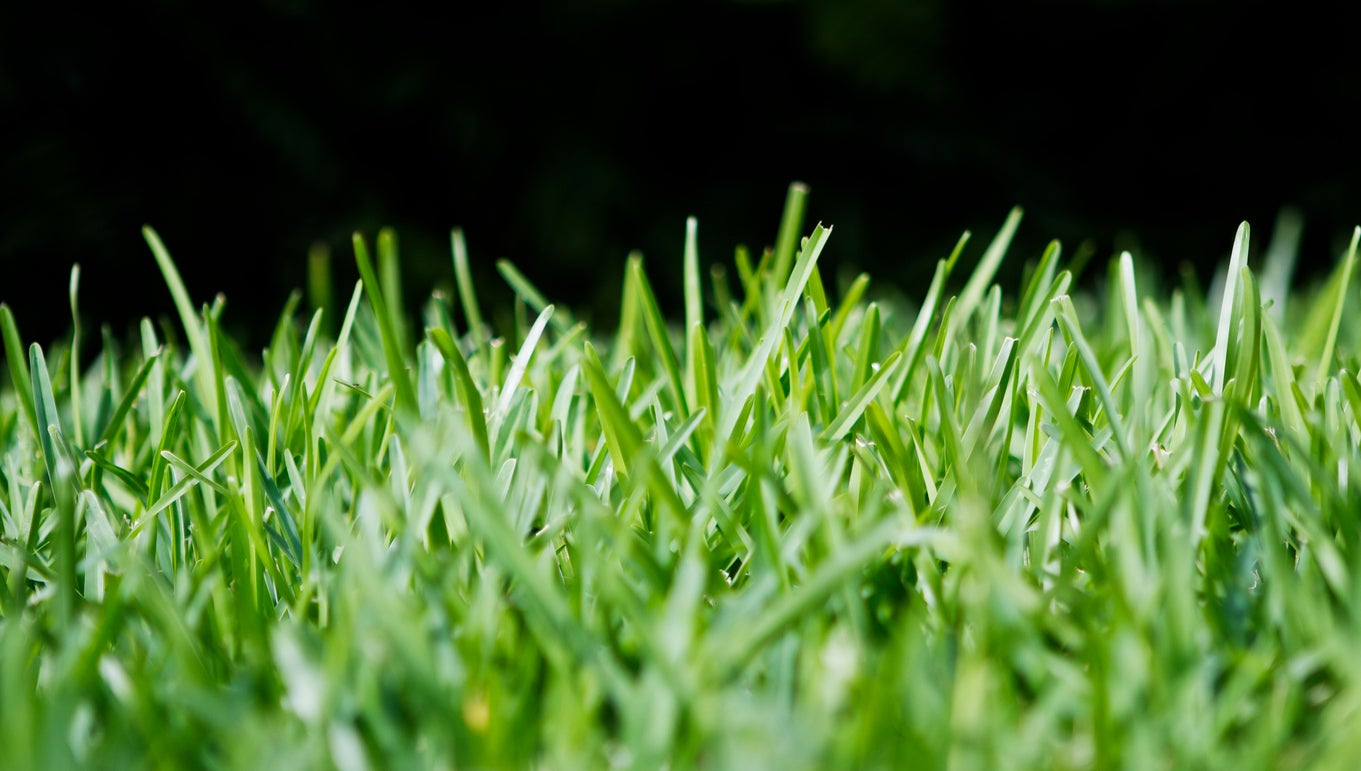
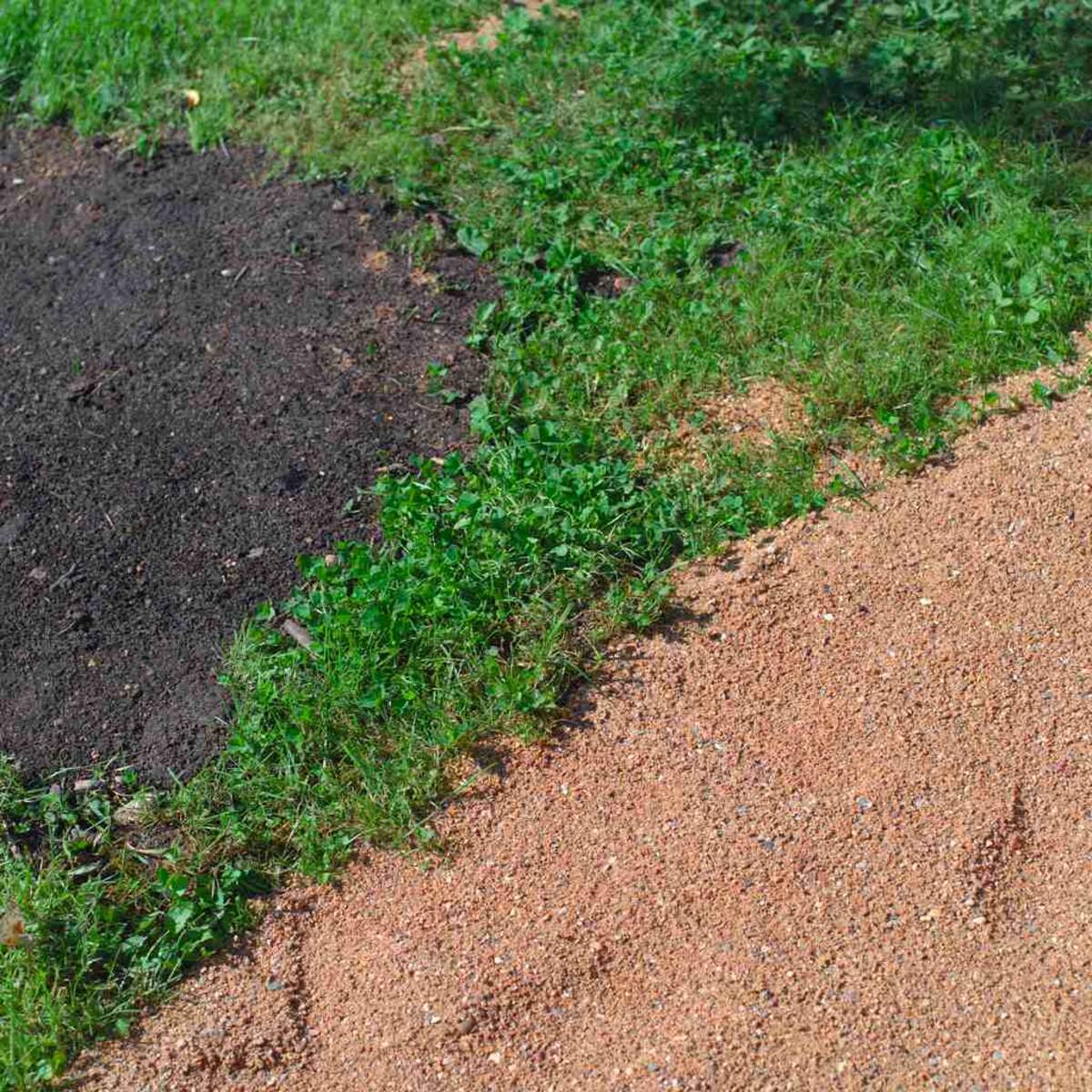
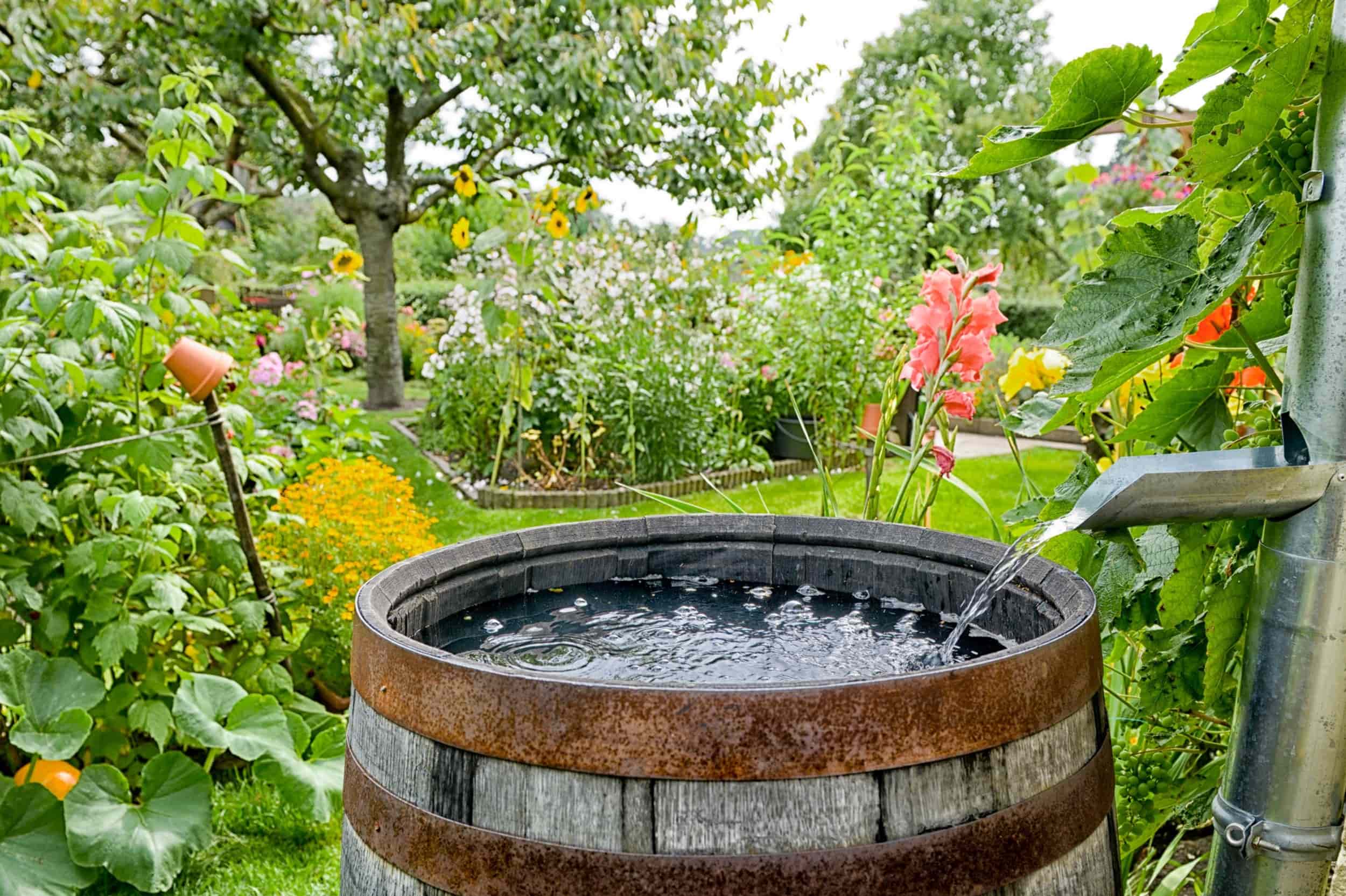
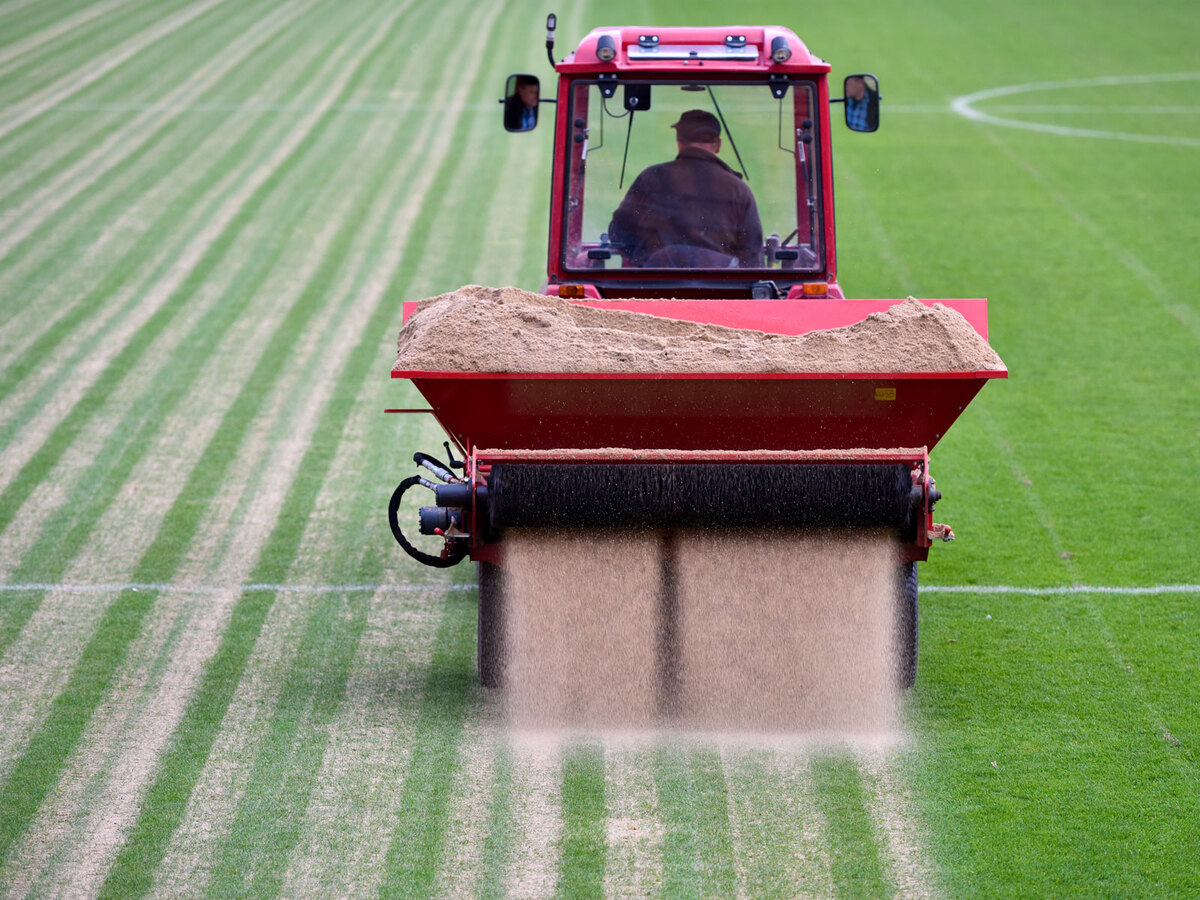
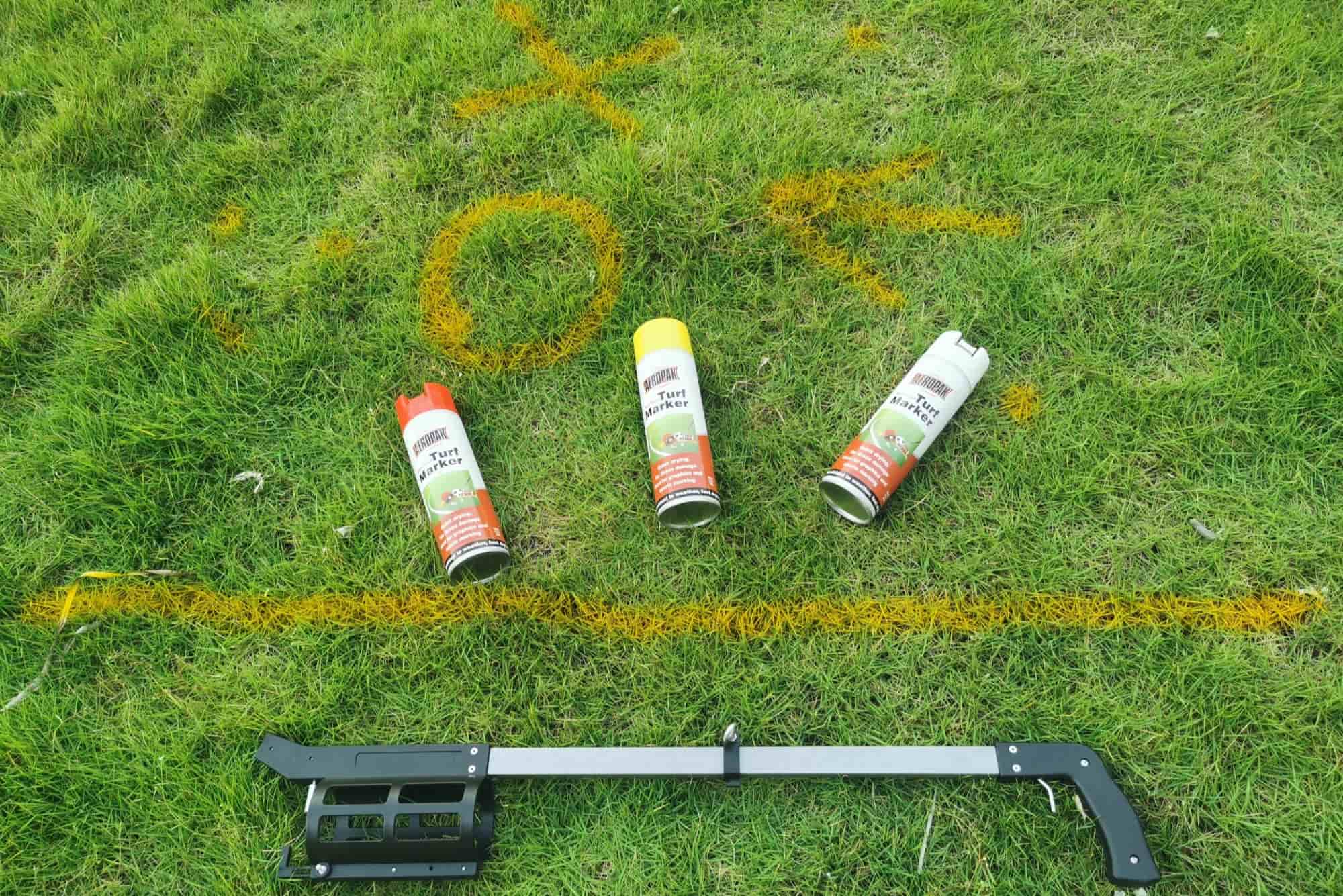
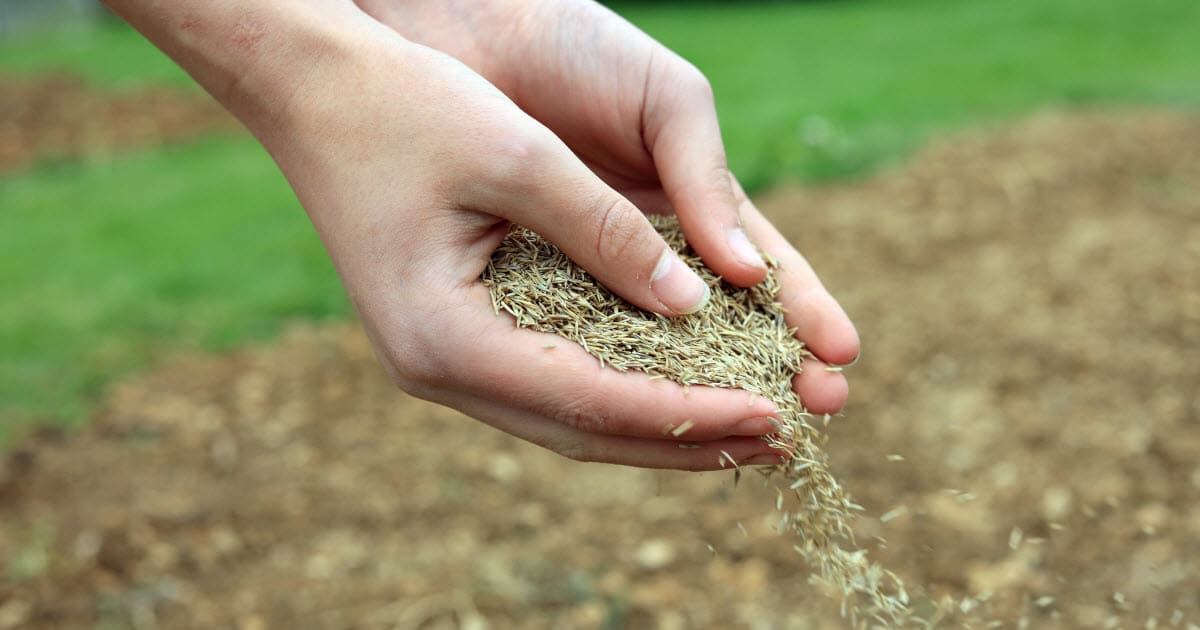
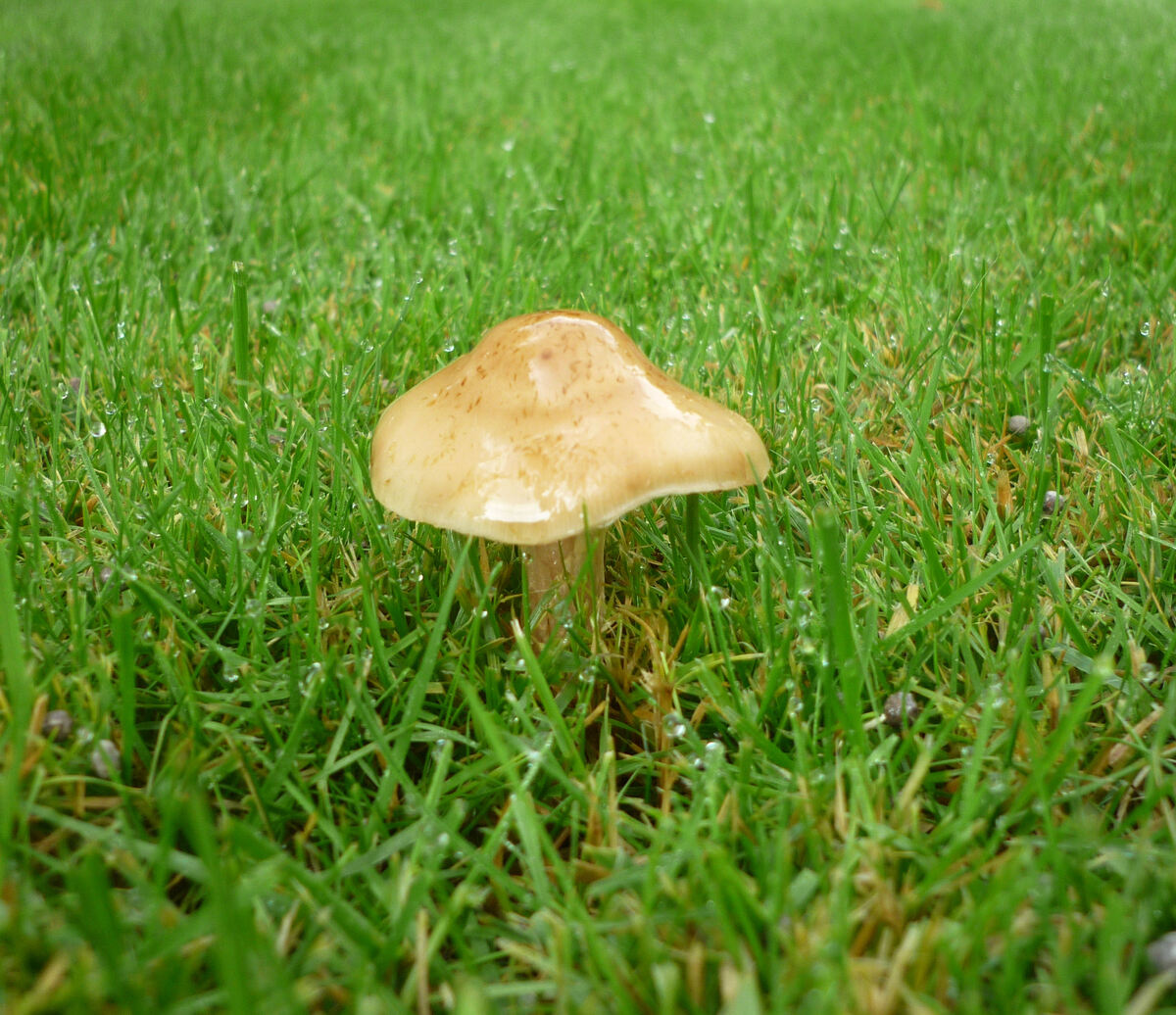
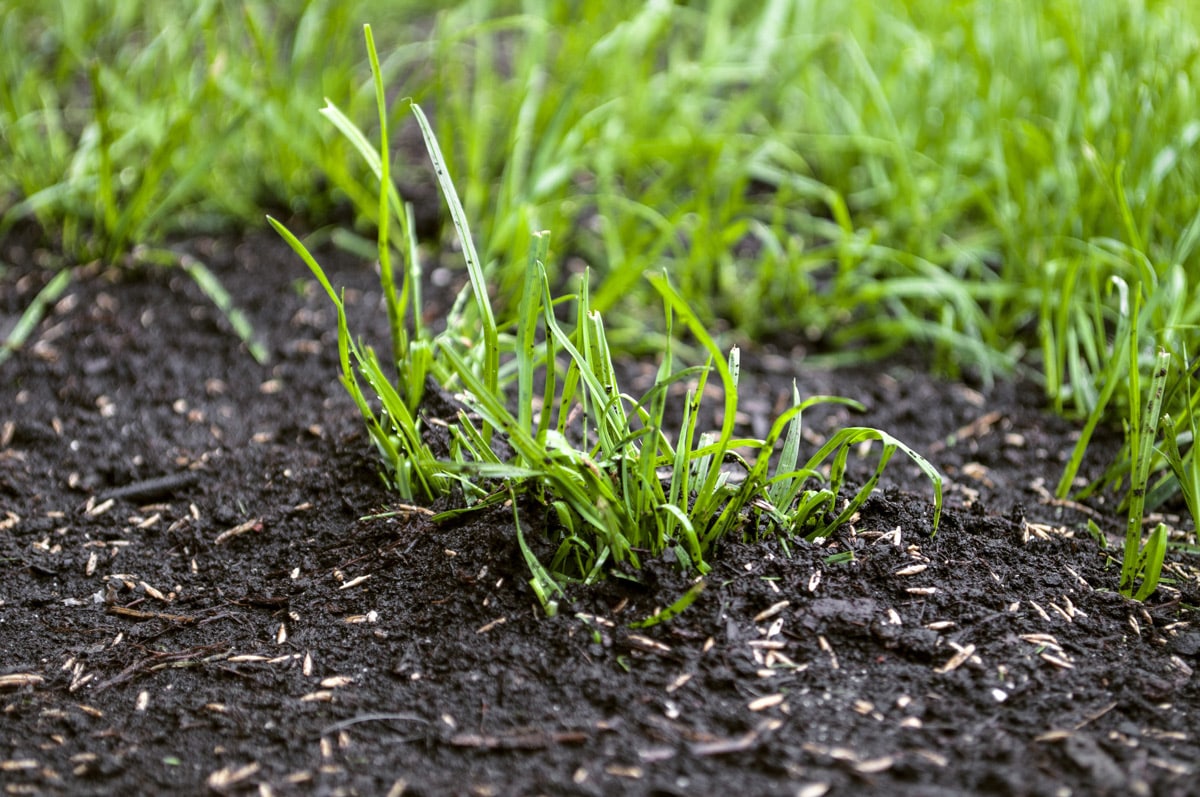
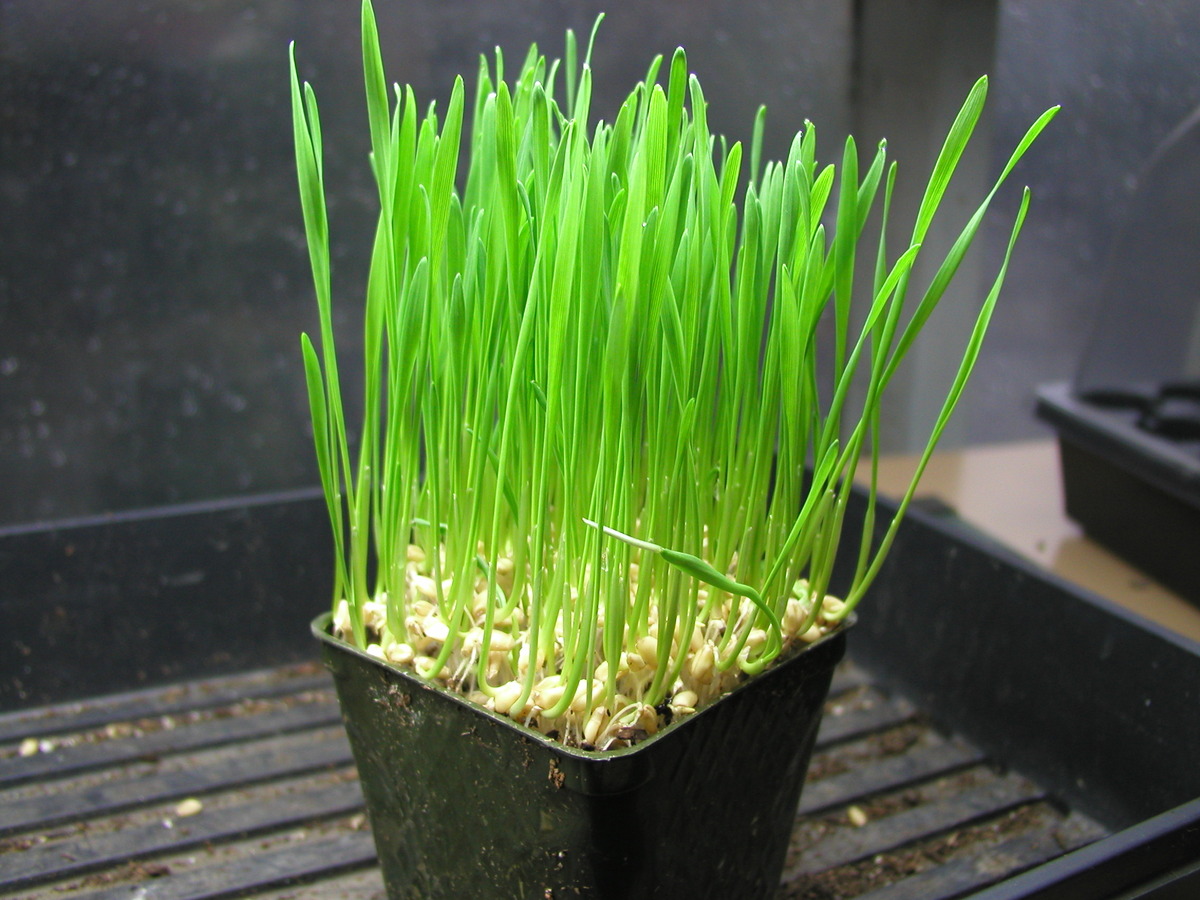
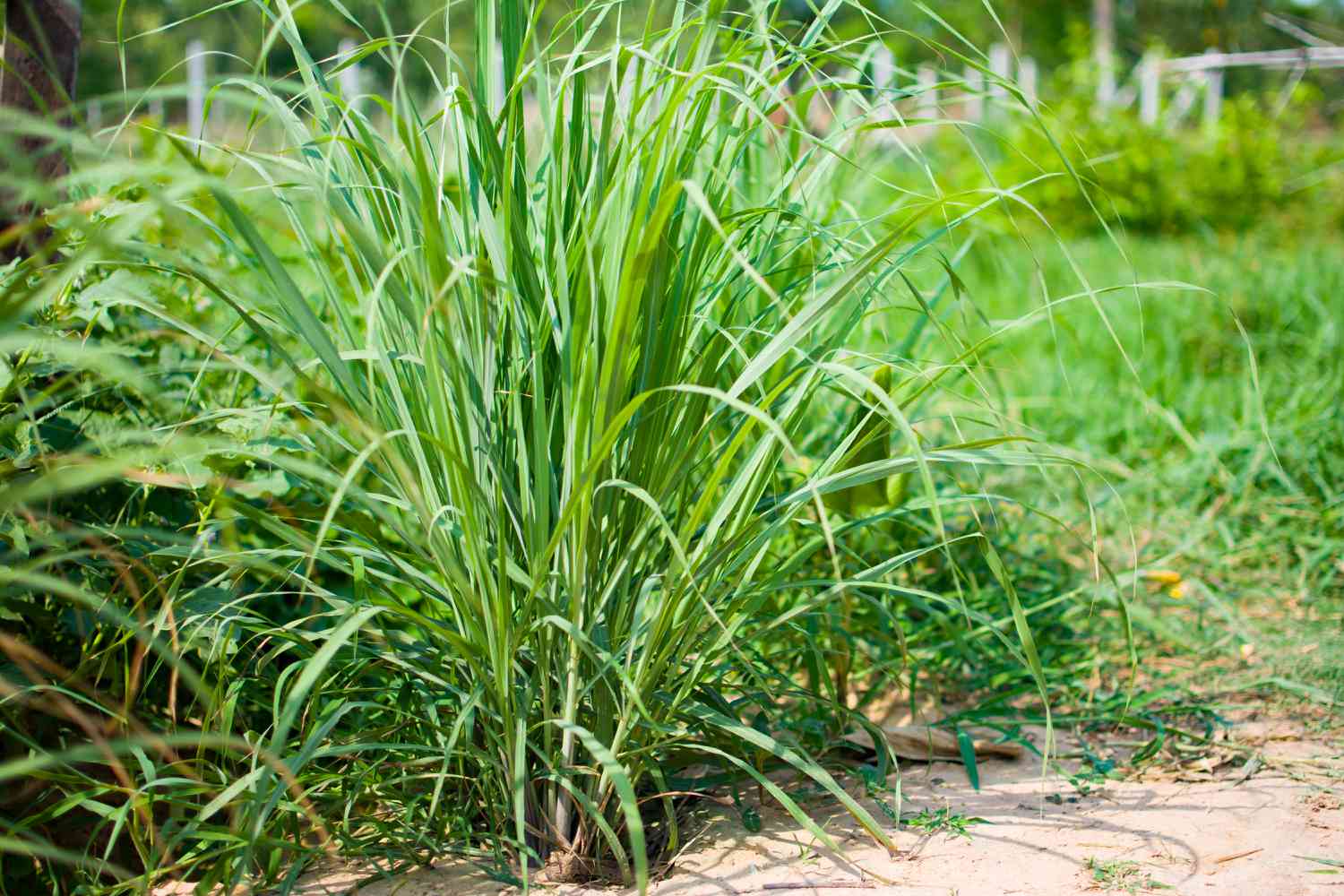

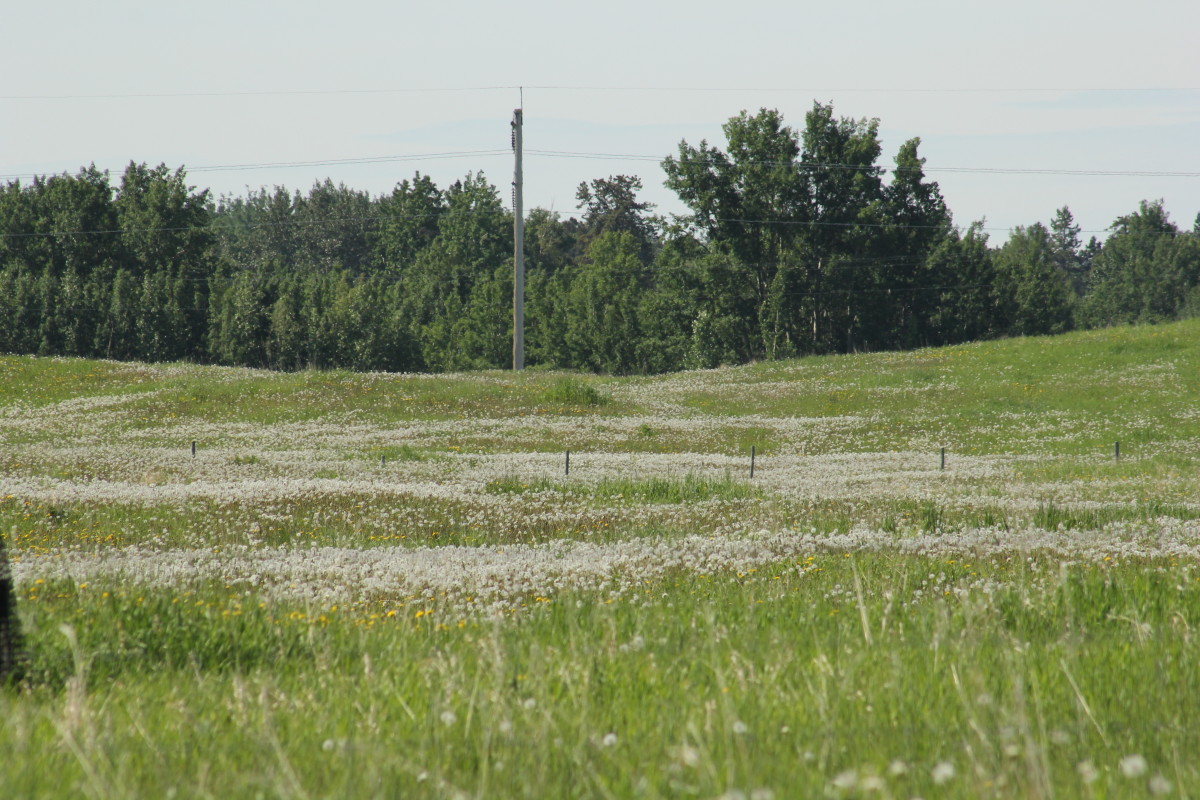

0 thoughts on “Why Does Sand Help Grass Grow”